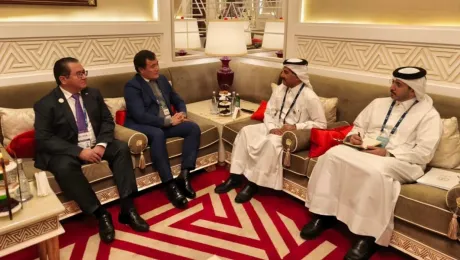An open All-Russian competition with international participation for the development of architectural and urban planning solutions for the future tourist territory All-Russian Seaside Family Resort New Anapa is implemented by Tourism.RF on behalf of the Government of the Russian Federation.
New Anapa is the headliner for the Five Seas Initiative to build perennial resorts on the shores of the Baltic, Azov, Black, Caspian and Japanese seas by 2030.
The best solutions proposed by the participants of the competition will apply to master planning of the new tourist territory.
What is master-planning, how it differs from urban design, how long it takes to implement - Executive Director Chen Hong, Head of Master Planning and Design Division at RSP Architects Planners & Engineers (Singapore), Managing Director of RSP Design Research Center in Hangzhou (China), who also seats on a Jury Panel of the New Anapa competition, shares her vision with the editorial of Delovoy Kazakhstan.
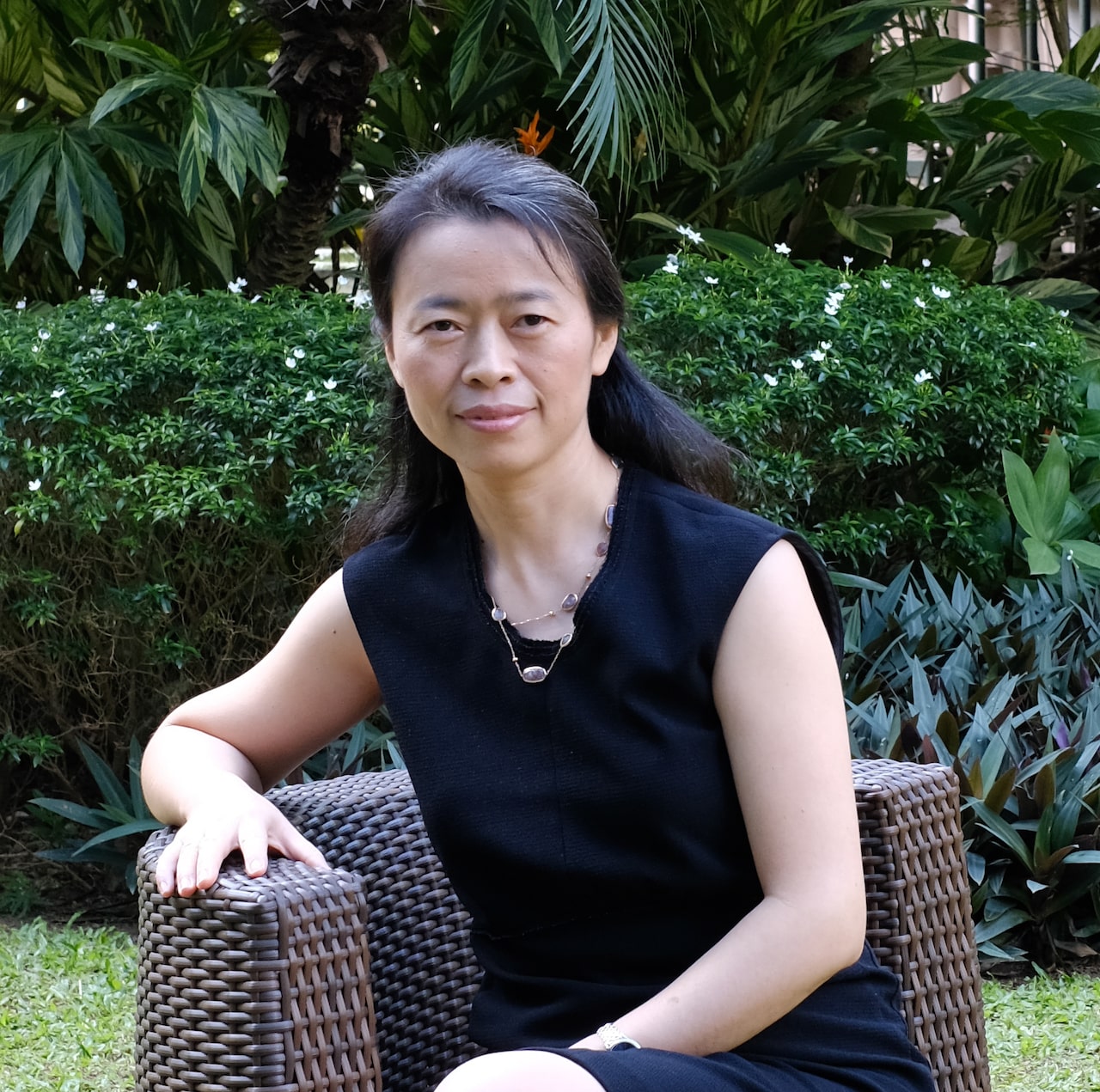
RSP is a global design group, providing multidisciplinary services of architectural, planning and engineering design since 1956. Headquartered in Singapore, it’s the 35th largest Architectural practice in the world by UK’s WA2022 ranking, and winner of BCI Asia Awards of Top 10 Architects in 2021 and 2022. Currently there are more than 1,200 experts and professionals across 15 studios in six countries, including Singapore, China, UAE, India, Malaysia, and Vietnam, with more than 2,500 local and international projects implemented. Such as, Jewel @ Changi airport, which has created an urban wonder for international tourists and local residents with a huge vertical forest and world’s highest indoor waterfall within a mixed use complex to turn the global air hub into a world class leisure destination. Or, Zhuhai City in Great Bay Area, developed in China since 2013 on RSP’s Conceptual Master Plan. RSP subsequent detailed plan and urban design efforts have facilitated the city’s economic growth and environment transformation dramatically.
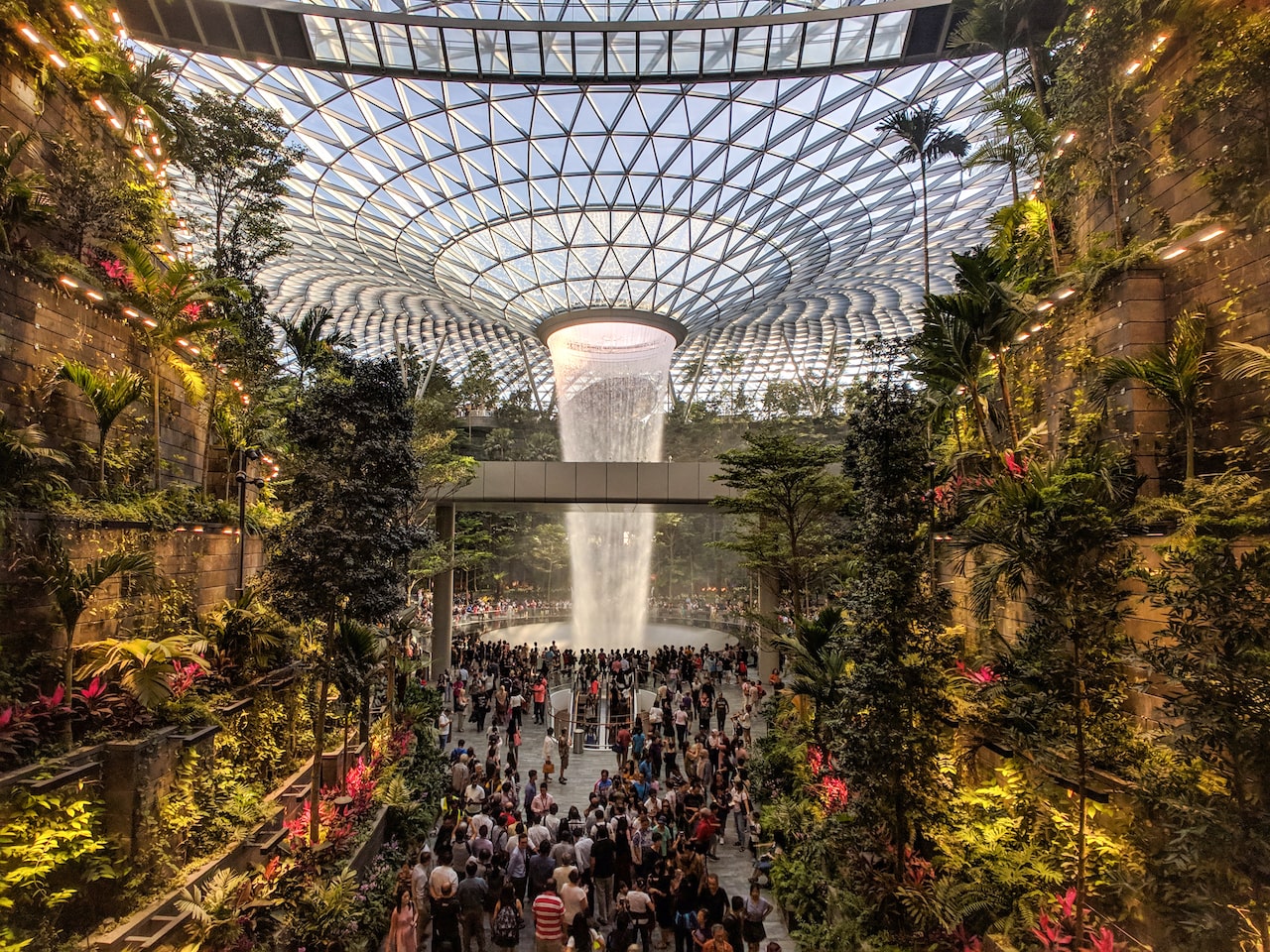 Jewel @ Changi Airport, Singapore (Source: RSP)
Jewel @ Changi Airport, Singapore (Source: RSP)
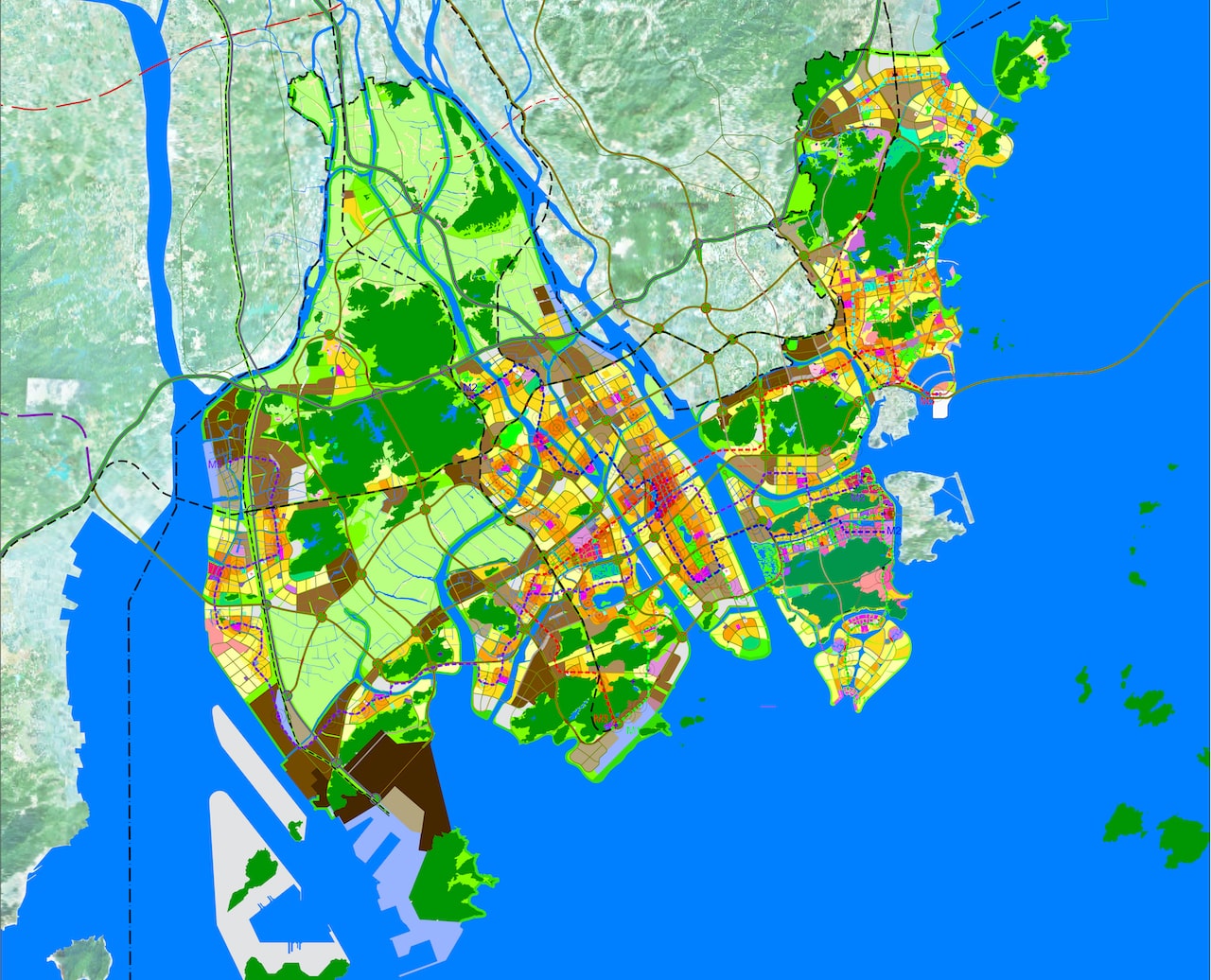 Conceptual Master Plan of Zhuhai City, China (Source: RSP)
Conceptual Master Plan of Zhuhai City, China (Source: RSP)
How would you describe the difference between master planning and urban design?
If Master planning can be compared to the root and trunk of a tree, which is critical foundation and structure yet often covered or too huge to comprehend, from which urban design derived as branches and canopy waving in the wind with unique gesture, vivid flowers and leaves, specifically illustrating its history and locality…while architectural design can be seen as the final fruit in harvest season, with seeds embedded to continue the story. Three sections play different roles to bring the mysterious gene message of life from broader intention to visible, sensible and memorable reality through the whole cycle of urban development process.
Master planning is the physical and policy framework or platform to orchestrate all driving forces and stakeholders for long term resources management to achieve sustainable development. It deals with the development right, intensity between human and nature on a broader scale, and among all economic activities within developable area. Master plans need to be articulated and enhanced by urban design process in different scale so that to translate key planning intention into a series of legible urban form, especially focusing on vibrant public space and pedestrian system through activating the interaction between people and the assets of nature, culture and future.
Has there been any fashion change within the concepts of urban design and planning?
Driven by the power of economy, technology, environment, politics or change of demographics, lifestyle and culture etc., city evolves all the time. Like an organic living creature with comprehensive structure and systems, city is cultivated by government, professionals, investors and general public as a whole to cater for the needs of current and future generations. Planning and urban design are required to respond to the various needs in different development stage.
For example, environmental issues caused major shifting from grey infrastructure to green infrastructure, such as the program of “Green Plot Ratio” and “LUSH (Landscaping for Urban Space and Highrise) ” in Singapore has greatly transformed the “Garden City” into “A City in the Garden”. A vertical ecological and pedestrian corridor was proposed by RSP to link both sides of the highspeed railway station in Zhuhai City will turn a busy transport hub into grand city gateway and pleasant tourist destination… Nowadays, aging population and pandemic phenomenon are another common concern, which lead to a trend of intensifying service center with healthcare facilities close to home within walking distance, and a popularity of outdoor activities together with more sharing space to suit flexible working style.
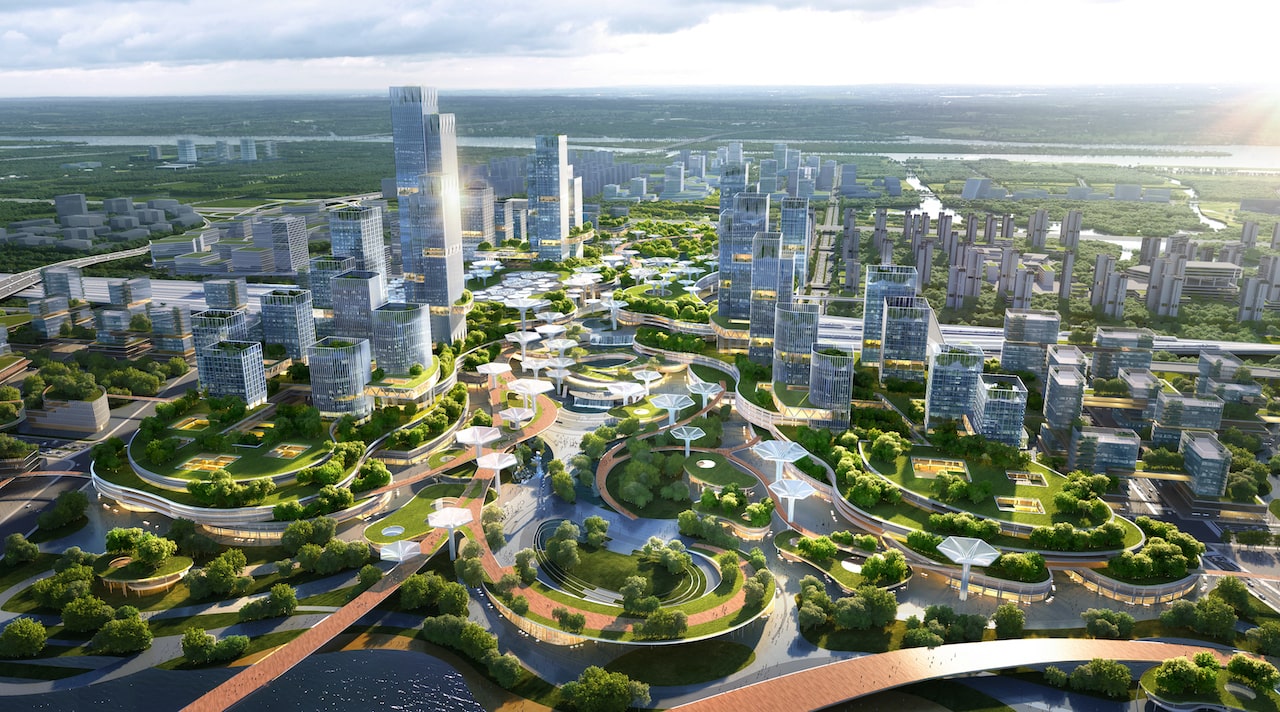 Master Plan & Urban Design of Zhuhai Highspeed Railway Station (Hezhou) Area, China (Source: RSP)
Master Plan & Urban Design of Zhuhai Highspeed Railway Station (Hezhou) Area, China (Source: RSP)
How long does it take to implement a master plan?
Besides the influence of macro environment of political or economic situation etc, normally how long to implement a plan depends on the scale of the project and efficiency of the management mechanism. In the case of Singapore, master planning is very carefully and diligently handled due to land scarcity, which enabled the successful economic and urban transformation in a city scale within 30 years, followed by more than 20 years of continuing finetuning and innovation till today to stay firmly on the top of many city performance list.
New Town is a typical planning scale and critical Urban Cell in Singapore planning structure, which ensured the nation to achieve quality of life successfully. With a size of around 15~25 sqkm, it might take 10~15 years to take shape, such as the first eco-town and national model of smart city for future, Punggol Town master plan was launched in 1996 but substantially accelerated in 2010 and fully matured in recent years.
In China, a city center master plan and urban design of 3~4 sqkm, might take 8~10 years to be fully developed but might need 15~20 years to get mature if macro environment is positive. For example, the Qianjiang New CBD of Hangzhou City was initiated from scratch in 2000 and successfully hosted the 11th G20 Summit in 2016. I was deeply involved in the planning and urban design preparation and implementation process while previously working in Hangzhou Qianjiang New CBD Construction and Management Committee in China.
Do master-plans often become a subject of public discourse?
Planning is about a series of decision-making process, will have direct or indirect impact on stakeholder groups’ benefit positively or negatively, which can easily stir up hope or worry once critical decision revealed to the public. I think, both Top-down and Bottom-up approach work for different development stages and context. Given the easy access of social media and the rise of civil society, planning as a subject of public discourse will be inevitably popular.
However, the quality and effectiveness of such public participation are very much related to the organizing process and the maturity of a civil society. It would be very helpful for plan making and implementation if to carry out educational programs as early as possible to raise public awareness and facilitate consensus building.
Have you ever worked in Russia or Kazakhstan?
I did join jury panel sometimes but not on a regular basis, also worked with clients on initial planning proposal research to support on planning competition preparation. It’s indeed a great honor and opportunity for me to join the Jury Panel for New Anapa project, and a few other Russian projects previously. The unique site context and position of each project posted great potential for innovative ideas and investment. It was exciting to see various approaches based on different value and development philosophy, and I always enjoy learning and sharing with other jury members to facilitating the selection of best suitable participants for the mission.
In recent years, our projects are mainly in China, Middle East, and SEA, unfortunately no footprint in central Asia yet. Love to discover any opportunities in the future.
Could you share your insight of the New Anapa project?
It is a privilege to be a member of Jury for New Anapa which is part of the state program to create year-round seaside resorts.
I was very impressed by the well-organized bidding process, from technical depth of background information to the communication and evaluation procedures to ensure the best capable team and ideas to be recognized. Tourism development in New Anapa is an exciting yet sensitive task for its inherited ecological, natural, and cultural values as well as economic prospects. The competition attracted many players active in Russia and international stage, covering comprehensive expertise from real estate development, hotel operation to city planning, urban design, architectural and landscape design, as well as marine and financial realm etc.
The initial ideas submitted in stage 1 were quite representative, inspiring, and forward-looking, reflecting a strong professional awareness and aspiration on how to balance the complex relationships boldly yet delicately among economic resilience, environmental conservation, and cultural revitalization within the regional and local context. Overall, 25~40% of those proposals are worthy of further review and attention. Besides focusing on the scale of competition site itself, there are valuable concerns on bigger picture which I couldn’t agree more, just to name a few:
- to integrate New Anapa, a remote future tourism paradise yet far from all existing major developments, with Anapa city and the nearby local villages to not only enhance the full tourism spectrum along those water bodies for a better economic ecosystem in the region but also to facilitate the viability of development in the initial stage;
- to integrate local agriculture activities with both physical planning and tourism programs to bring in authentic experience for visitors and business opportunities for locals so that to foster unique New Anapa lifestyle of urban farming;
- to consider enriching users’ group profile with long term stable residents by extending industrial chain to introduce educational, R&D, Hi-tech farming, or high end residential and retirement communities etc. to develop a live-work balanced eco resort town model which is future-proofed for better resilience;
- to minimize the scale of urban footprint by integrating the lifecycle of new development with local ecological process so that to preserve and enjoy the original precious value the site offered: the sense of wholeness with nature.
I have walked through Anapa a few times via YouTube. It is amazing, pure and spiritual! A gift from nature. Very suitable for resort development but need to be careful to not lose it for holding too tightly. Will visit once opportunity allows.
There are a lot of great opportunities in Russia and I would love to share RSP planning and design experience and approaches to facilitate the creation of quality life.



